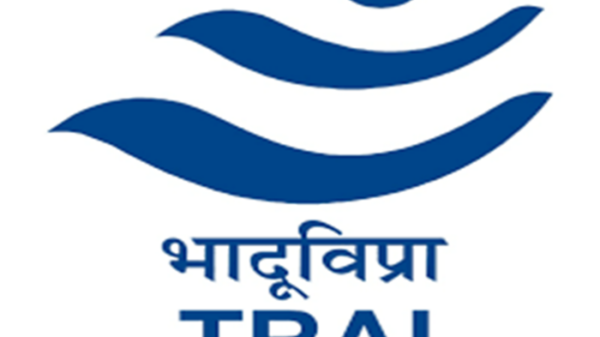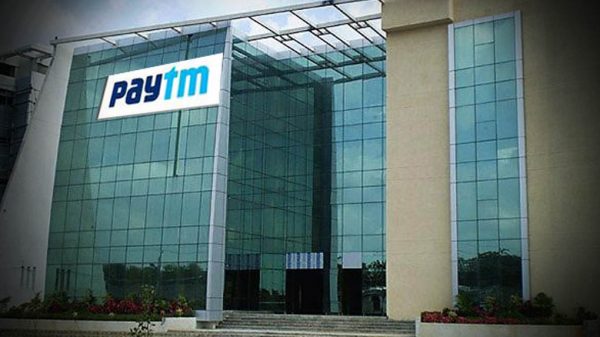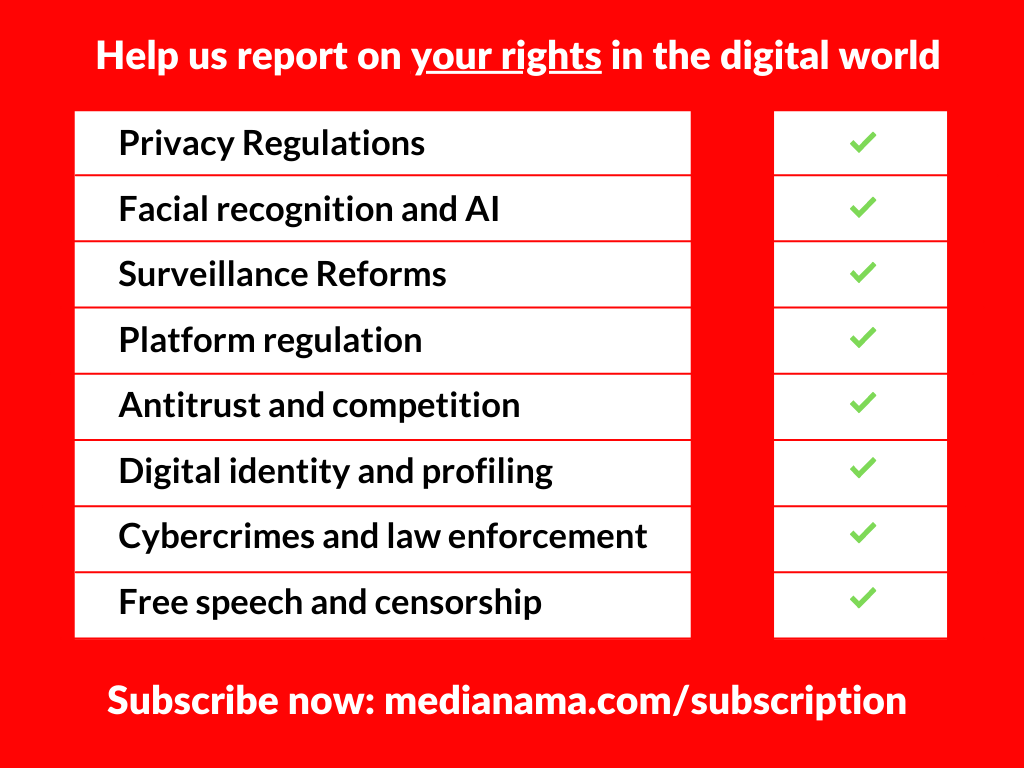“It is disappointing that the new policy does not contemplate norms that should be followed by the medical device sector around data security and privacy,” Vishal Gondal, founder of GOQii – a fitness technology company, told MediaNama in reference to the government’s new Draft Medical Devices Policy 2022.
In March this year, the Department of Pharmaceuticals (DoP) released the latest draft of the policy for public consultation. It proposes regulations to ease patent processes, streamline regulatory clearances, and establish ‘Centres of Excellence’. But industry stakeholders have said that the policy isn’t comprehensive enough and pointed to other concerns.
“The medical devices sector in India is still at a nascent stage. The Indian medical device market has a significant presence of multiple multi-national companies with about 80% of the sales generated from imported medical devices backed by multiple approvals, certification of accredited organizations and capacity to produce verified clinical trial record.”— the draft policy
The state of medical devices in India gains significance in light of the government’s health digitisation project called the Ayushman Bharat Digital Mission (ABDM) which would also feature ‘IoT and other devices like wearables’.
Dear reader, we urgently need to build capacity to cover the fast-moving tech policy space. For that, our independent newsroom is counting on you. Subscribe to MediaNama today, and help us report on the policies that govern the internet.
Key points of the Draft Medical Devices Policy
1. Streamlining regulations
“Within this overarching goal, regulatory streamlining is aimed at providing a transparent and predictable regulatory environment to promote ease of doing business and reduce compliance burden (both on cost and time-related dimensions) for manufacturers through the introduction of a single window clearance system, harmonization with global standards, and effective administration of price regulation mechanisms to achieve affordable healthcare for all.” — the draft policy
The draft outlines two methods to achieve streamlining of regulations:
- Single Window Clearance System for licensing of medical devices: Functions of stakeholders in the regulatory ecosystem, like filing applications for medical device manufacturing license, import license, and clinical investigation will be integrated through a single window portal of the CDSCO, the policy said.
- Standardisation of compliance requirements: The policy proposed that Indian standard-setting bodies such as the Bureau of Indian Standards (BIS) gradually expand product, process, and performance standards for the medical devices manufacturing industry by:
- Promoting the adoption of international systems of naming medical devices such as the Global Medical Devices Nomenclature (GMDN) or Universal Medical Device Nomenclature System (UMDNS).
- Guiding researchers, entrepreneurs, and innovators in the research and design phases itself to ensure compliance and readiness for the testing stages of devices.
- Considering international test reports of a product’s compliance to give them clearance without more requirements.
2. Price control and uniform marketing
- Establish uniform code for marketing medical devices: For ethical marketing of medical devices, the draft policy said it will work with the industry to introduce a Uniform Code for Medical Device Marketing Practices.
- Strengthen the National Pharmaceuticals Pricing Authority: “The NPPA shall be strengthened with adequate manpower for effective price regulation, such balancing patient and industry needs and incorporating innovation and life cycle costs as factors in pricing regulation of medical devices,” the policy proposed. The NPPA is the authority in charge of fixing or revising the prices of medical drugs and devices.
Streamlining regulatory compliance is a welcome move: “There have been challenges around compliance with the existing provisions – for example, a lack of clarity on who these rules apply to, as well as a significant time and cost investment for companies that try to comply, like GOQii. The policy proposes significant streamlining of regulatory compliance…These changes will have a significantly positive impact and we are excited to see them come to fruition,” Gondal told MediaNama.
3. Facilitating innovation and R&D
- Create a fund to support research on medical devices: The policy proposed that the government create a fund to:
- Extend grants to support such research and activities that use ‘state-of-the-art’ technology for domestically manufacturing medical devices that improve healthcare outcomes and quality.
- Support consortiums of industry players, reputed academic institutions, SMEs, and start-ups undertaking joint R&D projects with pre-defined agreements around intellectual property-related issues
- Set up Centres of Excellence: To further promote collaboration between the government, industry, and even academia, the policy proposed instituting Centres of Excellence (CoE) at government-designated premier, accredited academic and research institutions. These centres would:
- Look after product development, validation, and certification of the medical use of devices, come up with policies related to efficacy and safety testing.
- Work in linkage with Central Health Universities in areas of emerging technologies, such as Artificial Intelligence (AI), Internet of Things (IoT), telemedicine, etc.
- Help to build capacity and upgrade infrastructure in medical technology
- Create medical technologies that get high levels of funding and play a leadership role to smaller institutes.
- Creation of innovation hubs: “The Policy further promotes setting-up of innovation hubs housing a network of academic institutions, start-ups, clinical settings, funding agencies, etc. to create a health technology ecosystem within the innovation hubs by providing ‘plug and play’ infrastructure,” it said. The proposed government interventions in this regard are:
- To establish atleast one Accelerator/Incubator in different states by inviting global accelerators and incubators
- To let industry experts teach courses at partner institutes in accordance with the National Education Policy, 2020.
Who might be part of the Centres of Excellence? IITs, IIMs, NITs are likely to be roped in to create such CoEs, according to Bagmisikha Puhan, technology lawyer at TMT Law. However, given that AI, ML, and other such emerging technologies are constantly evolving, no amount of interventions could match up to them, she added. But Gondal believed that the proposed Centres of Excellence were a good idea. “This is a key aspect that is currently missing from our research capabilities compared to more developed economies,” he told MediaNama.
4. Infrastructure development
- Creation of medical parks and incentives therein : State governments should provide support in setting up medical device parks in their territories. This should include alloting land on priority, extending incentives like capital investment subsidy, stamp duty exemptions, etc., the policy said. It looks to facilitate the establishment of such ‘parks’ near economic zones which have the required logistics connectivity as envisioned under the National Industrial Corridor programme and the proposed National Logistics Policy 2021.
“To illustrate, India’s first dedicated medical device park, the Andhra Pradesh Medtech Zone Ltd. (AMTZ) was set-up in 2016 in Vishakhapatnam by the Government of Andhra Pradesh with specialized laboratories, warehousing, and testing centers and housing more than 150 independent manufacturing units.” — the draft policy
- Setting up more laboratories for testing: “Develop additional NABL (National Accreditation Board for Testing and Calibration Laboratories) accredited laboratories for medical device testing to ensure quality, safety and efficacy of the medical devices marketed in the country. Such facilities shall provide low cost testing facility for the industry, prevent duplicity of testing and reduce overall local product development costs,” the policy said.
5. Simplifying process of patent grants
“The policy aims to strengthen IP rights by closely working with DPIIT (Department of Promotion of Industry and Internal Trade) in the field of medical devices to promote increased investment and attention to domestic transfer and innovation in the sector.” — the draft policy
The policy makes note of the following, in terms of the present state of Indian intellectual property laws:
- The Patent (Amendment) Rules 2020 were notified recently
- A global trend in recognising IP ownership over discoveries made by universities as part of government-funded research has incentivised the creation of startups.
Policy is too vague: “Without further details, it is hard to understand what measures the DPIIT could take to support in this area,” Gondal said.
6. Encouraging investments in medical devices
Along with ‘additional measures’ to encourage domestic manufacturing, the ecosystem at large, and its competitiveness, the policy said that it will:
- Conduct active outreach enagement to promote investments in startups by inviting VCs for screening of startups to incubate
- Engage with DPIIT’s Start up India initiative to support startups
7. Promoting education of medical devices
- Creation of National Institutes of MedTech: National Institutes of MedTech Medical Devices Education and Research (NIMERs) are proposed to be set up, similar to existing NIPERS.
- Creation of ‘National Registry’ for skill identification: The policy proposed maintaining a National Registry to store the details of the skillsets required in the medical devices sector, along with the specific technologies for which those skills are required.
- Internships and trainings by the government: Trainings and internships in specialised industrial locations by all departments and ministries has been proposed by the policy. Stipends financed by industry associations, industrial hubs, manufacturing zones, and incubation centres should be provided to the interns and trainees, the policy said. Further, these stipends should be at par with the Junior Research Fellow (JRF) stipends marked out by University Grants Commission.
What does the policy look to address?
- Reduce import dependence to below 30% from the current dependence of 80% in the next 10 years
- Increase self-reliance quotient to 80% in Med-Tech
- Expand market size of Indian medical devices sector to $50 billion, from its current size of $11 billion
- Ensure equity in access to medical devices across all categories
- Make the use of medical equipment affordable for public and private healthcare entities
- Ensure adherence with quality standards for medical equipment
- Improve the state of healthcare by making quality drugs of private companies available at lower prices and thus, reduce the disease burden
- Create high-end jobs in R&D and innovation as a result of the impetus provided to innovation
- Attract talent back to the country by creating a strong innovation ecosystem
- Contribution to Sustainable Development Goals (SDGs) such as “SDG 3 (Good Health and Well-Being), particularly 3.8.1. (Coverage of essential health services), and indirectly to SDG1 (No Poverty), SDG5 (Gender Equality), SDG8 (Decent Work and Economic Growth), SDG 9 (Industrial innovation and infrastructure), SDG10 (Reduced Inequalities), and SDG11 (Sustainable Cities and Communities) by 2030.”
A noticeable lack of data protection-related measures
“A significant thing I have noticed in the policy is that there is no mention of data. They have not given any direction in that sense, though they have spoken about how there will be a lot of consumption of health data,” Puhan told MediaNama.
This shows that the policy’s focus is on stimulating innovation and growth instead of putting in curbs on entities for handling health data, she opined. The policy might also have left that out as the National Health Authority has been more focused on bringing in directions in terms of personal and sensitive personal data involved in health tech, Puhan added.
Gondal expressed disappointment at the absence of any data protection measures in the policy. “Considered in the context of the government’s Ayushman Bharat Digital Mission, the lack of reference to health data and security is especially disheartening,” he said. Implementing strong information security controls based on international best practices would be imperative going forward, he said while adding that even something as simple as anonymization of health data will become critical.
Other points raised by stakeholders
Industry wanted a single regulator: Under the provisions for regulatory streamlining, industry players wanted the DoP to designate a single entity for regulation of medical devices, Dr Shubnum Singh, Principal Advisor for Health Policy at Confederation of Indian Industries (CII) told MediaNama. “The Industry recommends that the licensing for all products be under the CDSCO (Central Drugs Standards Control Organisation) and state regulators can regulate the sale of medical devices. The state also along with the CDSCO results in absolute bedlam,” industry players have told DoP, she said.
No clear performance indicators of medical devices: While the policy has certain objectives, the lack of clear, progressive performance indicators indicate a lack of effectiveness, Murali Neelakanthan, lawyer at law firm Amicus told MediaNama. “Look back over time. We have had so many such goals being declared every few years. What happened to all of them?” he said.
How do medical devices fit in with ABDM?
Under the ABDM, medical devices are planned to be used as a data source for a citizen’s personal health records. The ABDM’s 2018 strategy paper had said that it plans to allow citizens to add readings from ‘IoT and other devices like wearables’ to their PHR. These readings could then be accessed by doctors when users share their electronic health records with them, during medical consultations.
During pilot projects held in Uttarakhand, Bihar, and Pune, the health records of multiple individuals were digitised and stored. They were provided smartwatches for sharing this data with Health Information Users such as hospitals or doctors. It is expected that these projects will later be integrated with the ABDM.
Further, the NHA has also proposed the creation of a drug registry as part of the ABDM. The Drug Registry is proposed to be an all-in-one database for drugs in the country. At a recent consultation meeting, stakeholders asked that medical devices also be included in the Drug Registry since medical devices are included in the definition of drugs under the Drugs and Cosmetics Act, 1940. The inclusion of medical devices in the registry could finally lead to the creation of a comprehensive list of such devices manufactured or sold in India, especially since use of such devices has increased due to the COVID-19 pandemic, the stakeholders said during the meeting.
What is the current status of ABDM?
The ABDM is the government’s multi-tiered, nationwide project that looks to store digital health records of Indian citizens in a federated manner with healthcare providers (or their storage partners). Last week, NHA CEO RS Sharma said that rolling out the ABDM has been more difficult than the implementation of Aadhaar (which he had overseen) in the country.
So far, over 21 crore Health IDs have been issued under the ABDM. However, according to sources involved in the project, not much data has been generated under it. The ABDM’s components include Healthcare Professionals Registry, Health Facility Registry, Ayushman Bharat Health Accounts (or Unique Health IDs), Unified Health Interface, etc. Meanwhile, the Drug Registry is yet to be made operational, along with the Health Claims Platfrom (which shall allow raising and settlement of insurance claims).
In March, the Union Cabinet cleared Rs 1,600 crores for the ABDM and sources told MediaNama that this would help in the digitisation of government hospitals and give further impetus to the mission.
This post is released under a CC-BY-SA 4.0 license. Please feel free to republish on your site, with attribution and a link. Adaptation and rewriting, though allowed, should be true to the original.
Also Read:
- What did stakeholders ask about the proposed Drug Registry?
- Summary: How the NHA proposes to track drugs under Ayushman Bharat Digital Mission
- AI to be deployed through ABDM, RS Sharma reveals in post-budget webinar
Have something to add? Subscribe to MediaNama here and post your comment.






























